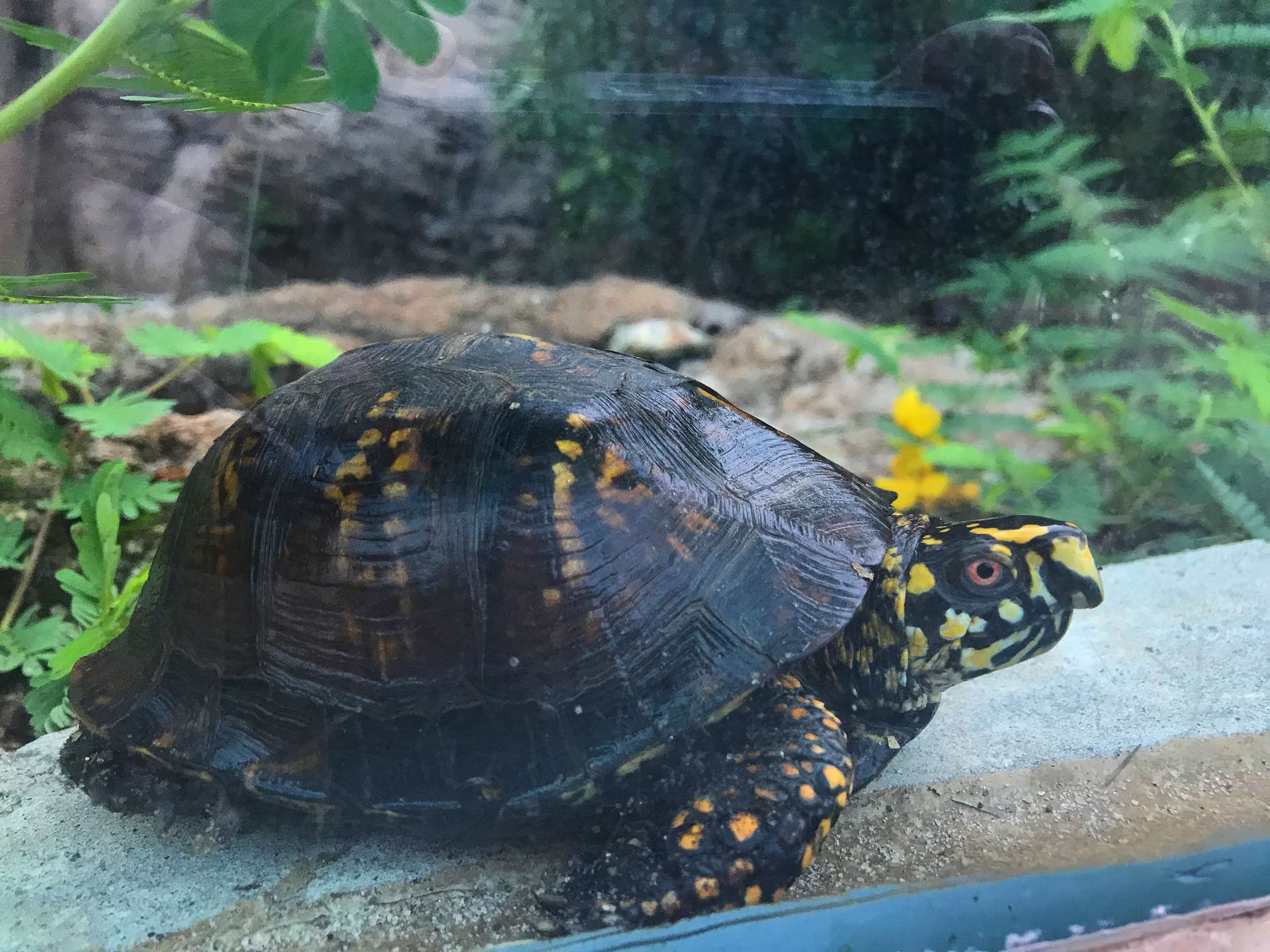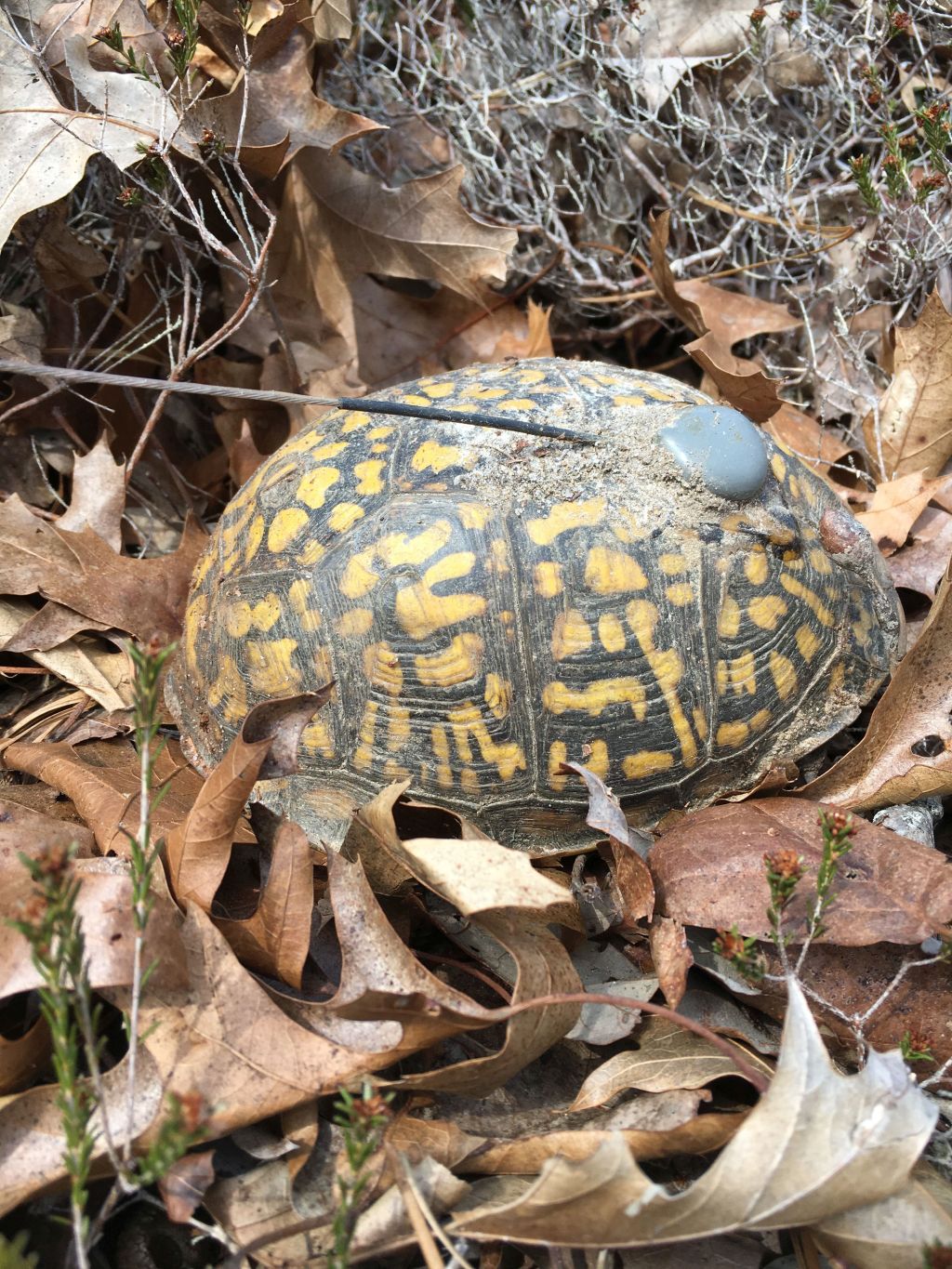Box turtles dig about 1-2 feet deep to hibernate. This depth provides insulation and protection.
Box turtles undergo a fascinating process known as hibernation during the colder months. To survive the winter, these turtles burrow into the ground, creating a cozy underground chamber where they remain dormant until spring arrives. The depth at which box turtles dig to hibernate is crucial for their survival, as it shields them from extreme temperatures and predators.
Understanding the depth of their burrows sheds light on the remarkable strategies these creatures employ to cope with changing seasons. Let’s delve deeper into the world of box turtles and explore the significance of their hibernation habits.
Box Turtle Habitat
Box turtles are fascinating creatures that require a specific habitat to thrive. Understanding their natural environment and the suitable artificial enclosures is crucial for their well-being. One important aspect of a box turtle’s habitat is the depth at which they dig to hibernate.
Natural Environment
In the wild, box turtles typically inhabit wooded areas with moist soil and plenty of vegetation. They are often found in grassy meadows, open woodlands, and near bodies of water such as streams or ponds. These turtles are known to burrow into the ground to find shelter and regulate their body temperature.
Artificial Enclosures
When creating an artificial enclosure for box turtles, it’s important to replicate their natural habitat as closely as possible. This includes providing a substrate that allows for digging and burrowing, such as a mixture of soil, sand, and leaf litter. Additionally, the enclosure should offer hiding spots and areas with varying levels of moisture to mimic their natural environment.
Hibernation Process
Box turtles are known to hibernate during the winter months as a survival strategy to endure harsh conditions. Understanding the hibernation process of box turtles is crucial for ensuring their well-being in captivity. This process involves various triggers, physiological changes, and digging behavior as they prepare for hibernation.
Triggers For Hibernation
Box turtles are triggered to hibernate by the decreasing daylight hours and cooler temperatures. As the days grow shorter and the temperature drops, box turtles instinctively recognize these environmental cues and begin to prepare for hibernation.
Physiological Changes
Before entering hibernation, box turtles undergo physiological changes to adapt to the impending dormant state. Their metabolic rate slows down, and they experience a decrease in heart rate and breathing, allowing them to conserve energy during hibernation.
Digging Behavior
Box turtles are known for their fascinating digging behavior when it comes to hibernation. Understanding their instinctual behavior and the process of choosing a hibernation site provides valuable insight into their natural habits.
Instinctual Behavior
Box turtles have an instinctual drive to dig when preparing for hibernation. This behavior is deeply ingrained in their natural instincts and serves as a crucial survival mechanism during the winter months. The act of digging allows them to create a protective burrow where they can safely hibernate until the arrival of warmer temperatures.
Choosing A Hibernation Site
When choosing a hibernation site, box turtles exhibit a deliberate and selective behavior. They seek out locations with specific environmental conditions that are conducive to their hibernation needs. These sites often include areas with adequate moisture, stable temperatures, and protection from predators. Box turtles meticulously assess and select the ideal hibernation spot to ensure their safety and well-being during the dormant period.

Credit: zooatlanta.org
Depth Of Burrows
When it comes to hibernating, box turtles burrow underground to stay safe and warm during the winter.
Variability In Digging Depth
Box turtles can dig burrows at varying depths depending on factors like soil type and temperature.
Factors Affecting Depth
Depth of burrows can be influenced by the turtle’s size, age, health, and the availability of suitable burrowing sites.
In colder regions, box turtles may dig deeper burrows to avoid freezing temperatures, while in milder climates, they may not dig as deep.
Younger turtles typically dig shallower burrows compared to older turtles due to their smaller size and less experience.
Soil composition also plays a role in determining the depth of the burrow, as softer soil allows for easier digging to greater depths.
Ensuring Successful Hibernation
Ensuring Successful Hibernation:
Monitoring The Burrow
Regularly check the depth and stability of the burrow.
Ensure there are no obstructions blocking the turtle’s path.
Monitor the temperature and humidity levels within the burrow.
Providing Adequate Conditions
Create a suitable environment with proper insulation.
Place a layer of mulch or leaves for added warmth.
Avoid disturbances that could disrupt the hibernation process.

Credit: blogs.massaudubon.org
Potential Risks
Box turtles are known for their ability to dig deep burrows to hibernate during the winter months. However, this natural behavior comes with certain potential risks that can impact the survival of these fascinating creatures.
Predation
While box turtles are adept at digging deep burrows to hibernate, they are still vulnerable to predation, especially during this period of inactivity. Predators such as raccoons, skunks, and foxes may attempt to dig up the turtles from their hibernation sites, posing a significant threat to their survival.
Human Interference
Another potential risk for box turtles during hibernation is human interference. Activities such as construction, landscaping, or even recreational digging can disrupt the turtles’ hibernation sites, leading to disturbances that may prevent them from successfully hibernating or cause them to awaken prematurely, putting their health at risk.
Conservation Efforts
Conservation efforts play a crucial role in protecting the natural habitats of box turtles and ensuring their survival. By understanding the depth at which box turtles hibernate, conservationists can take necessary steps to preserve their hibernation sites and educate the public about the importance of these efforts.
Protecting Hibernation Sites
Preserving the hibernation sites of box turtles is essential for their survival. Creating protected areas and implementing regulations to prevent disturbance to these sites can help maintain suitable conditions for hibernation. Additionally, promoting awareness about the significance of these locations can encourage responsible behavior among the public.
Educational Initiatives
Educating the community about the hibernation habits of box turtles is crucial for their conservation. Initiatives such as workshops, educational programs, and informative materials can raise awareness about the importance of preserving hibernation sites. By engaging people of all ages, conservationists can instill a sense of responsibility for protecting these vital habitats.

Credit: blogs.massaudubon.org
Conclusion
Box turtles are fascinating creatures that have unique hibernation habits. They dig deep into the ground to find a safe and warm place to spend the winter months. It is important to understand how deep they dig and how to properly care for them during this time.
By providing the right environment, food, and water, you can help ensure your box turtle stays healthy and hibernates successfully. With these tips in mind, you can enjoy watching your box turtle thrive year after year.





Leave a Reply